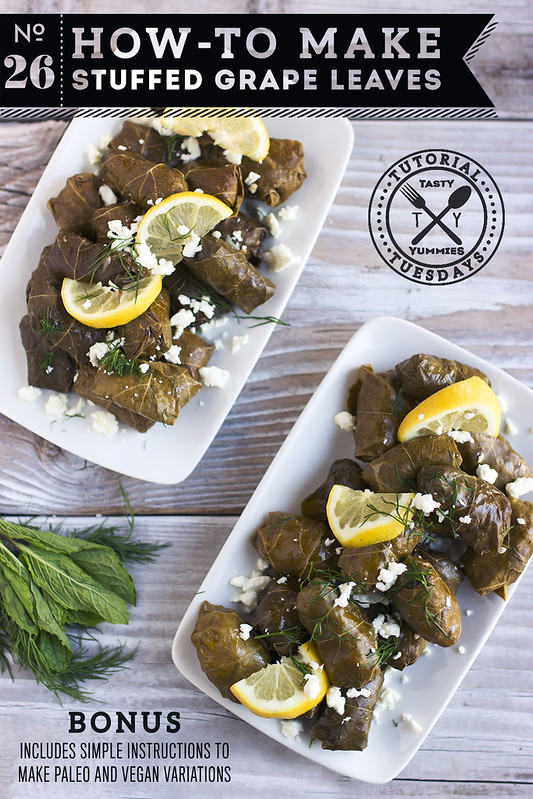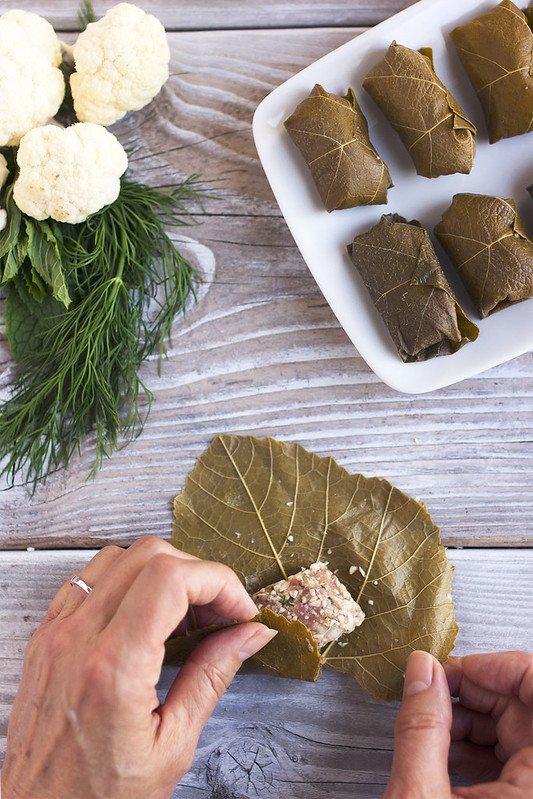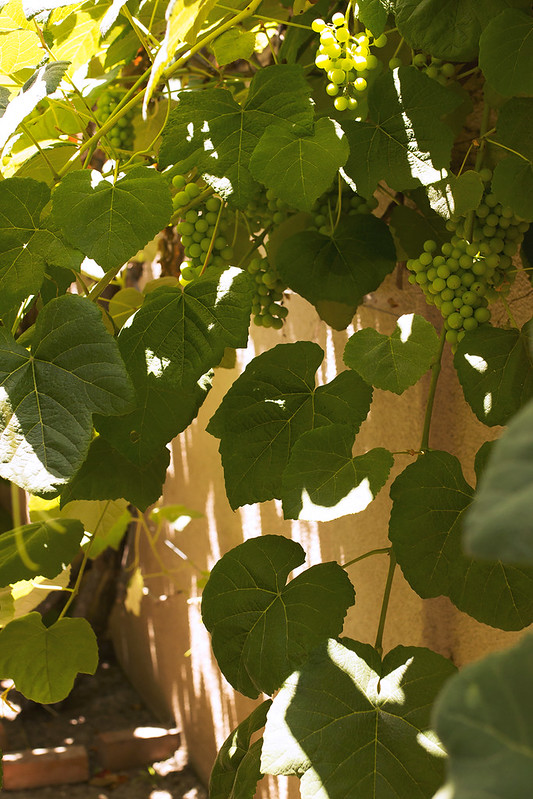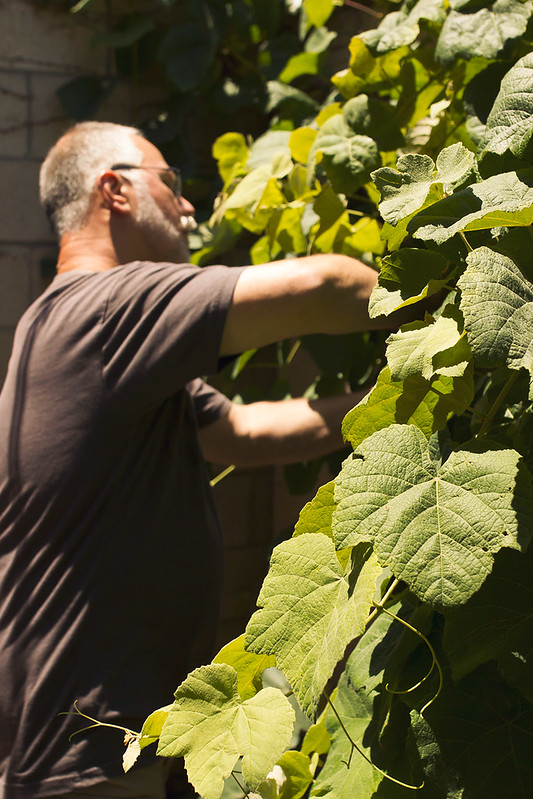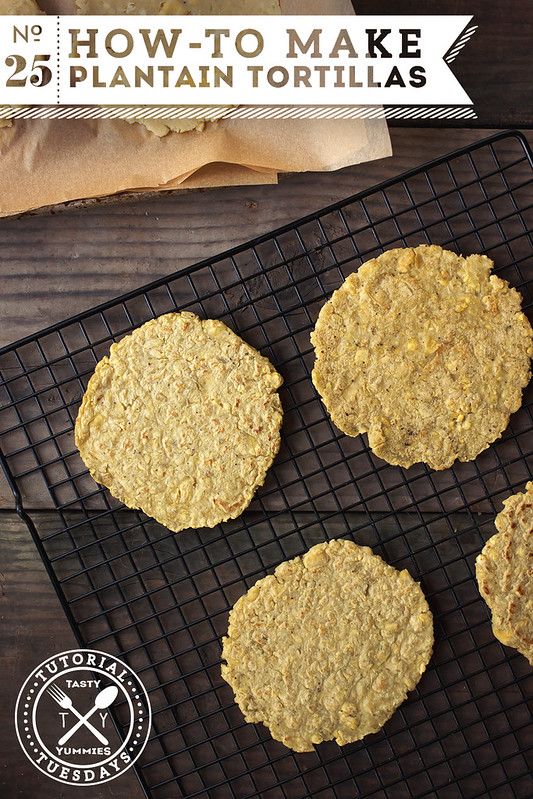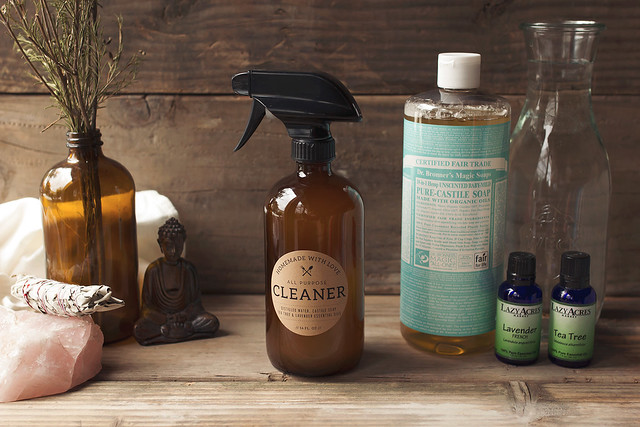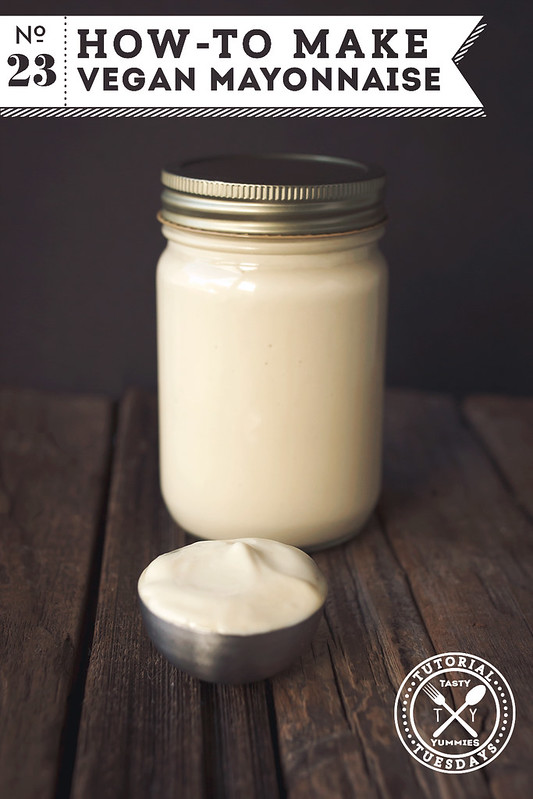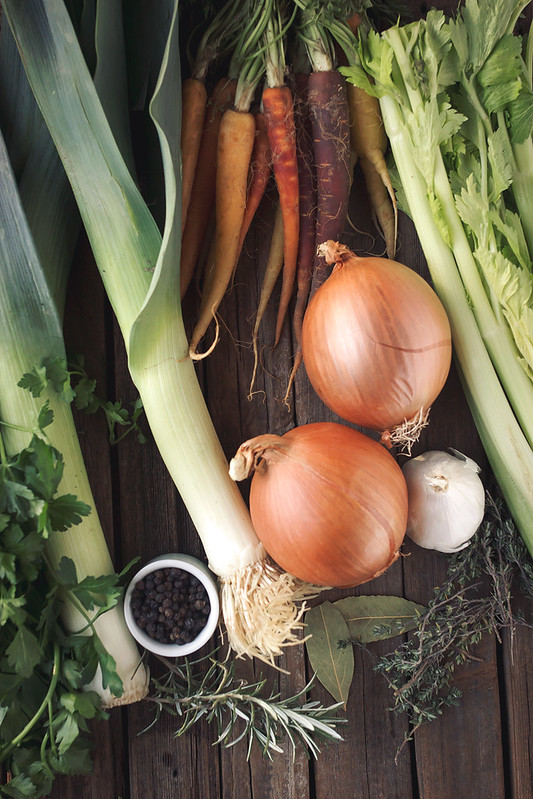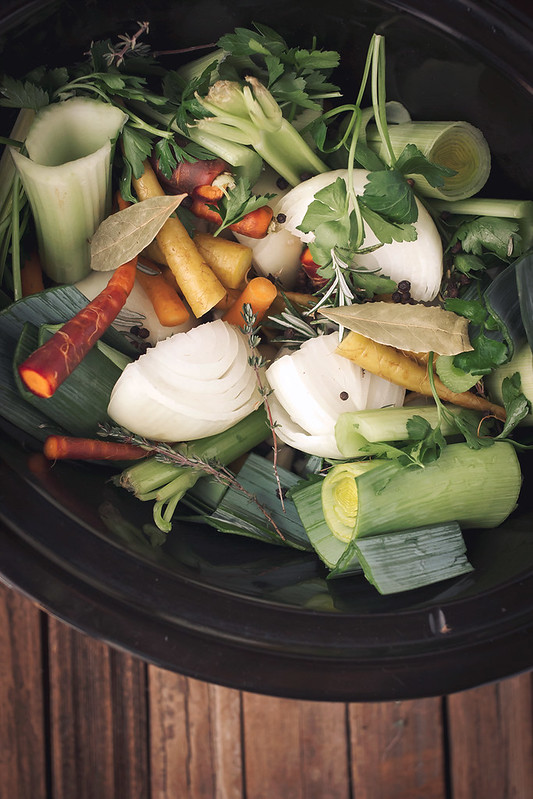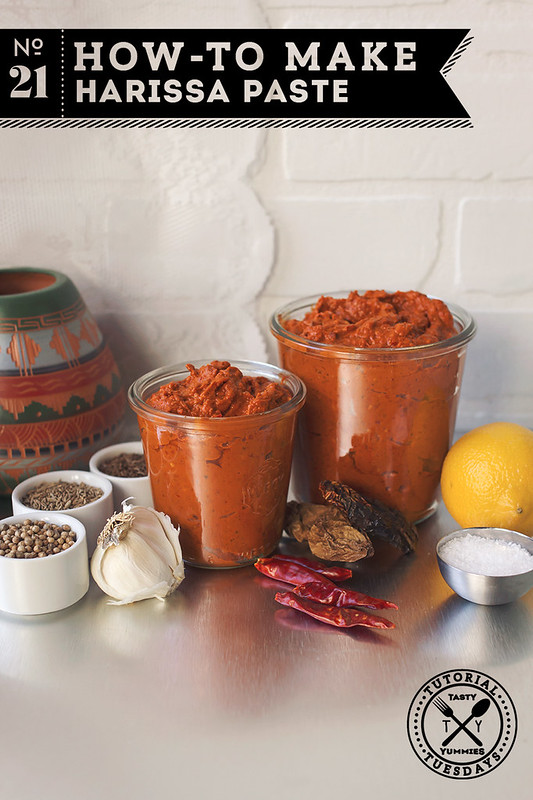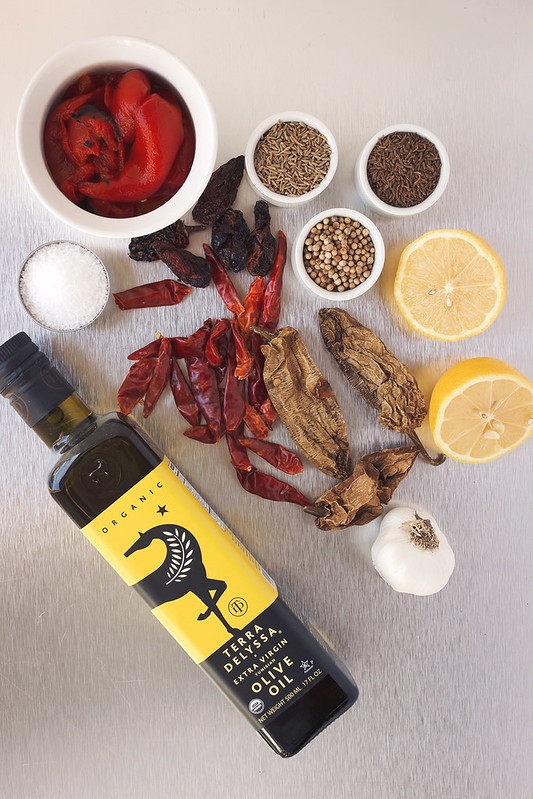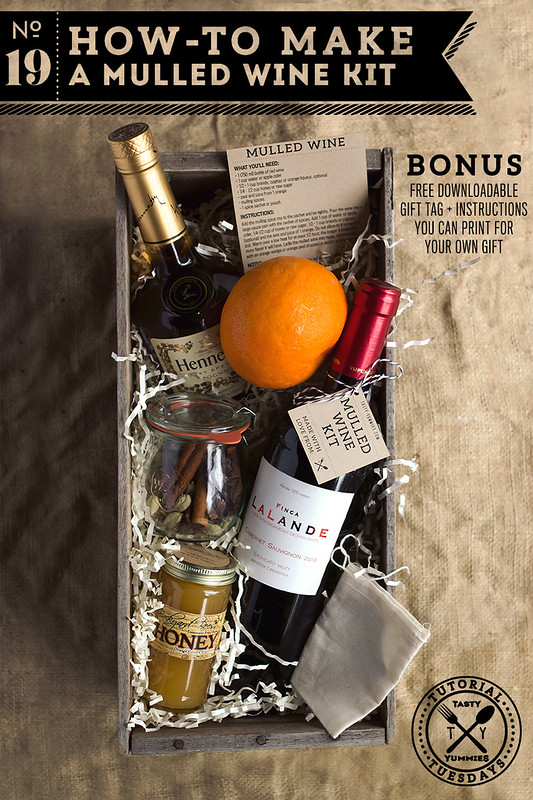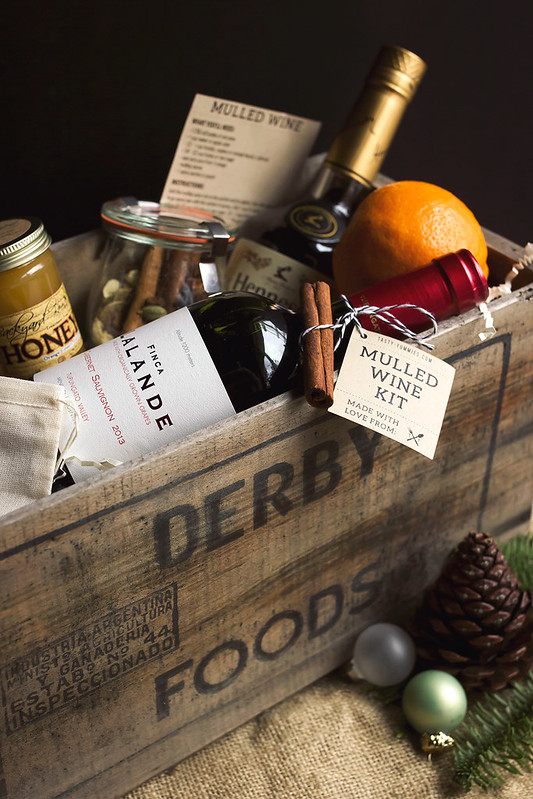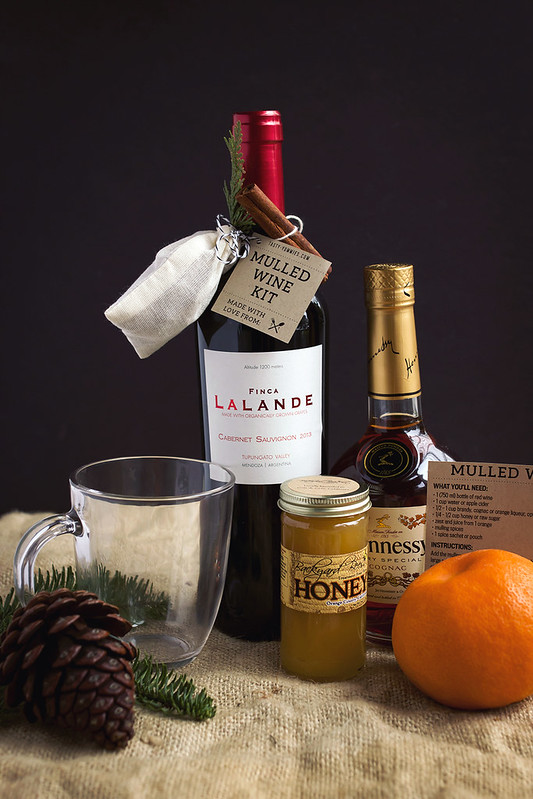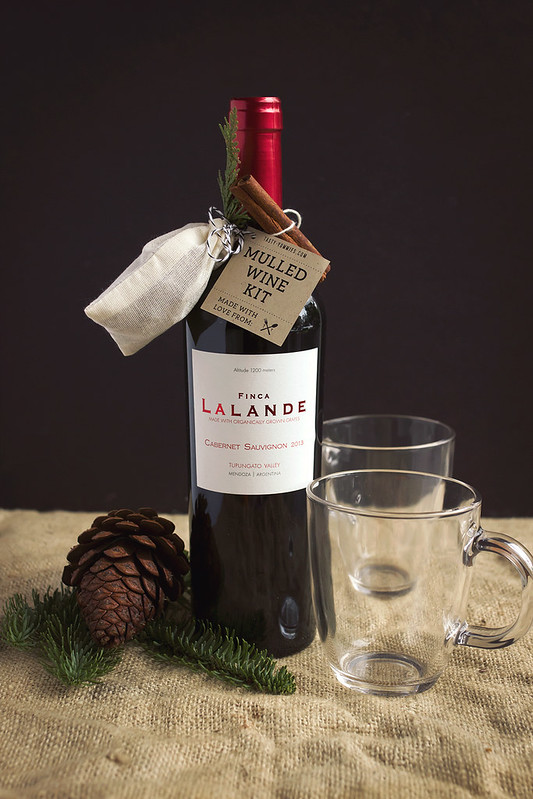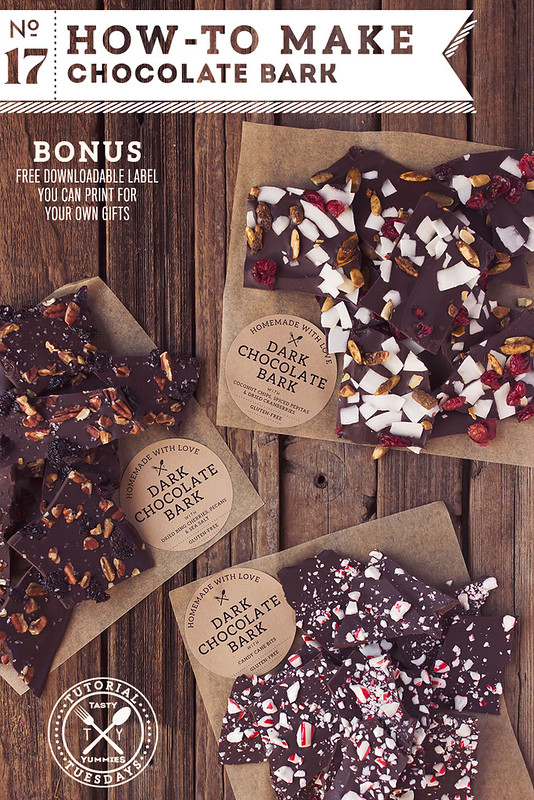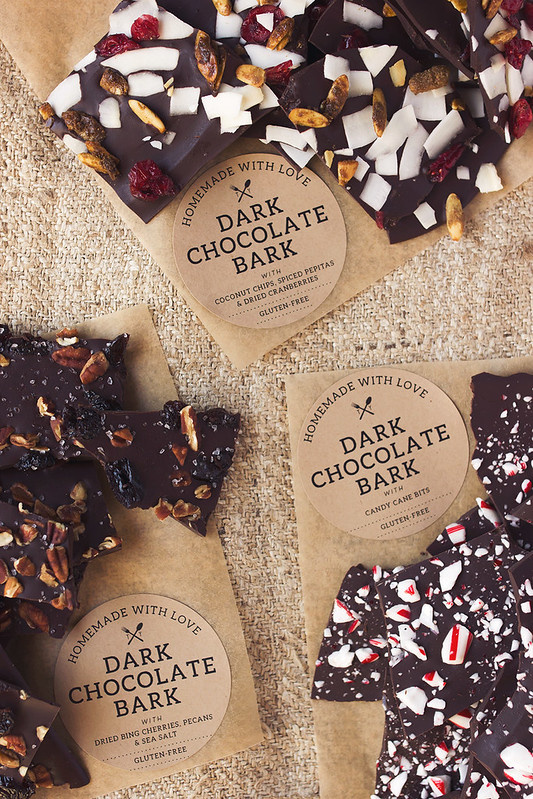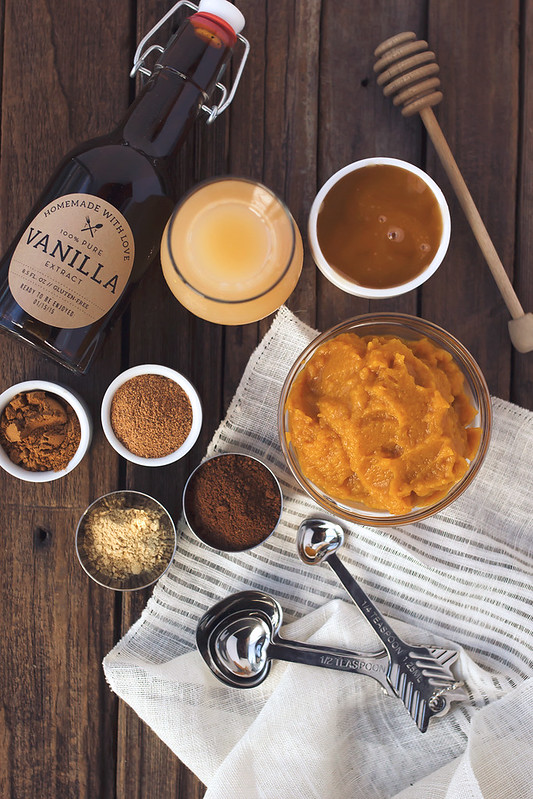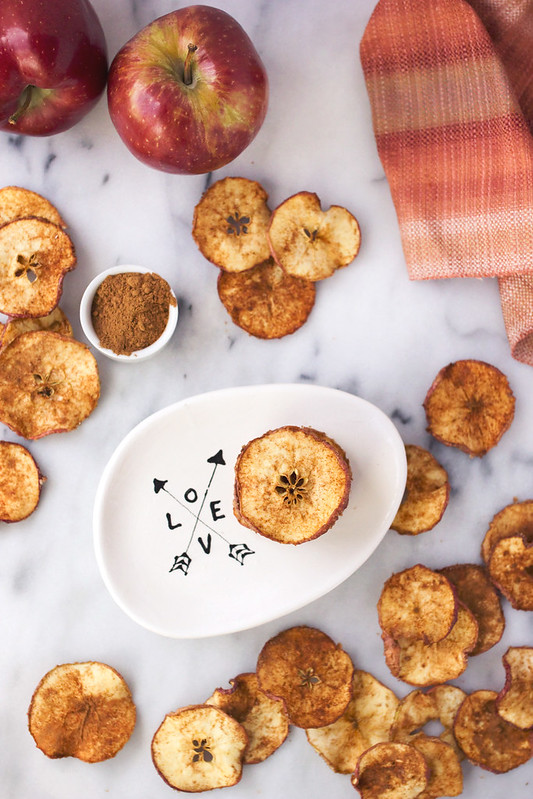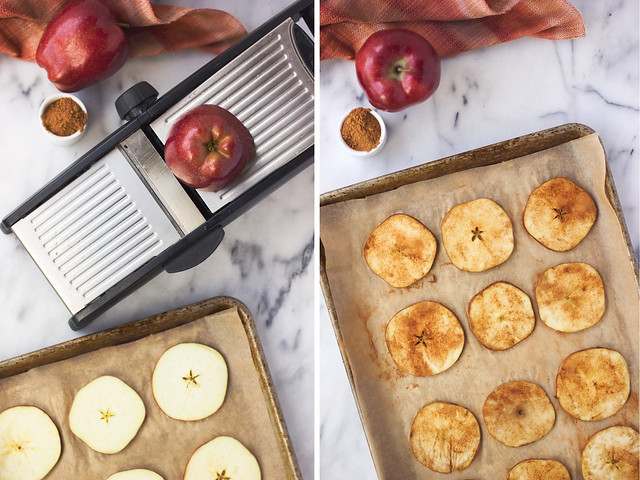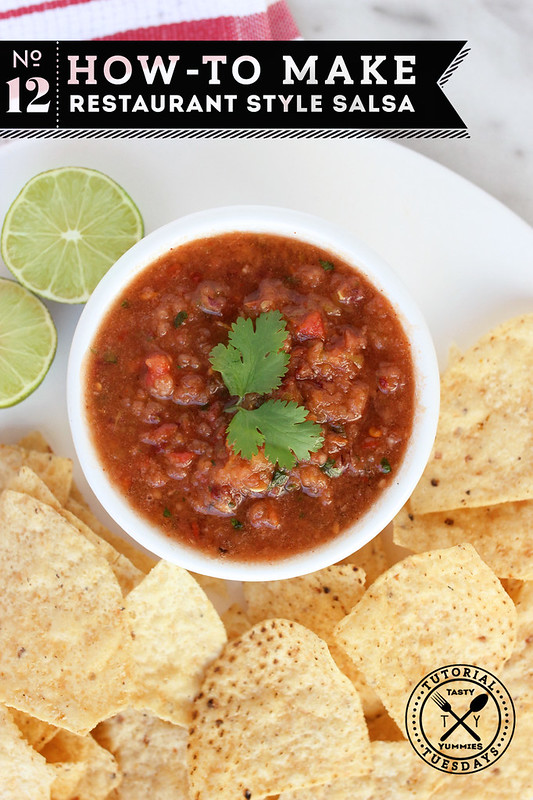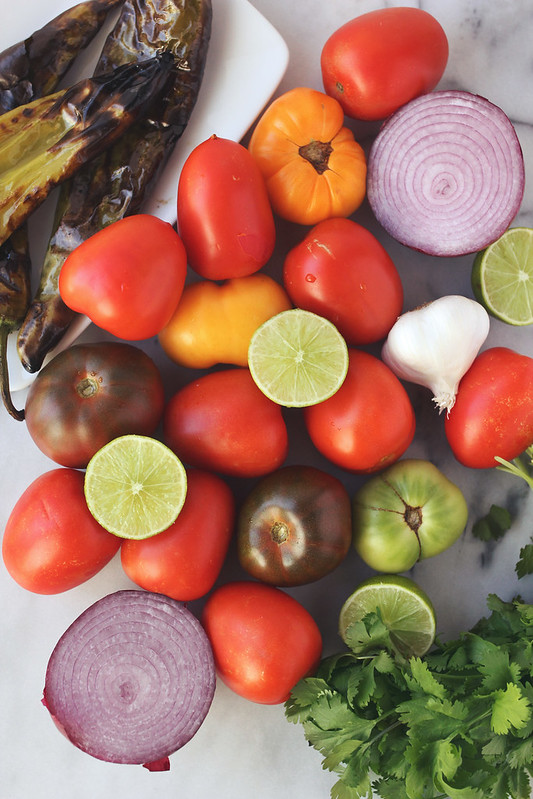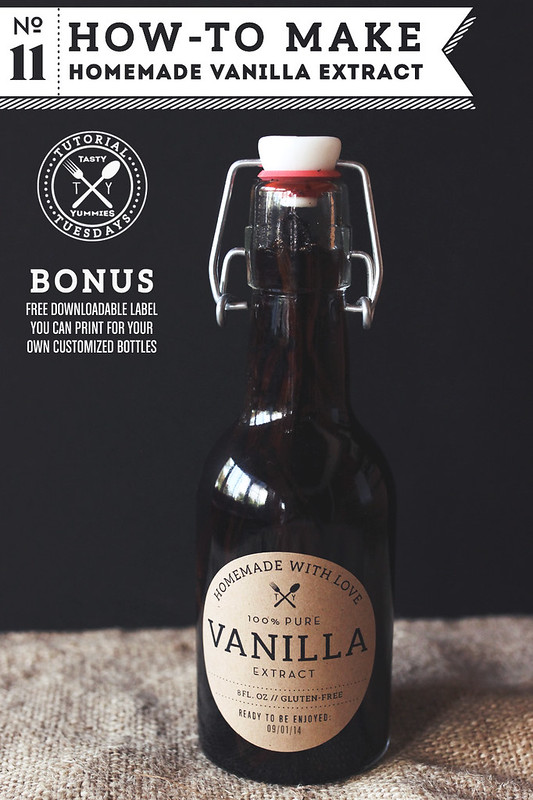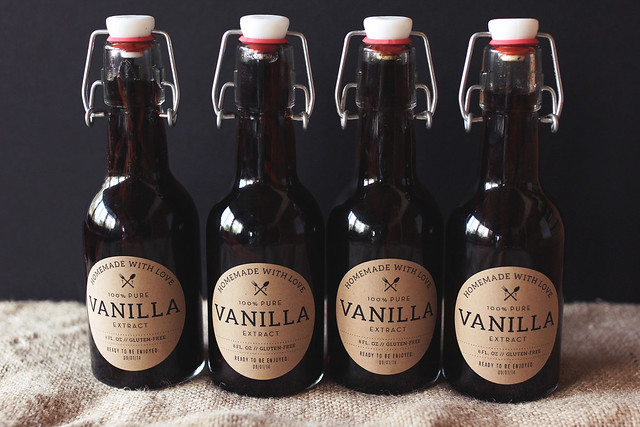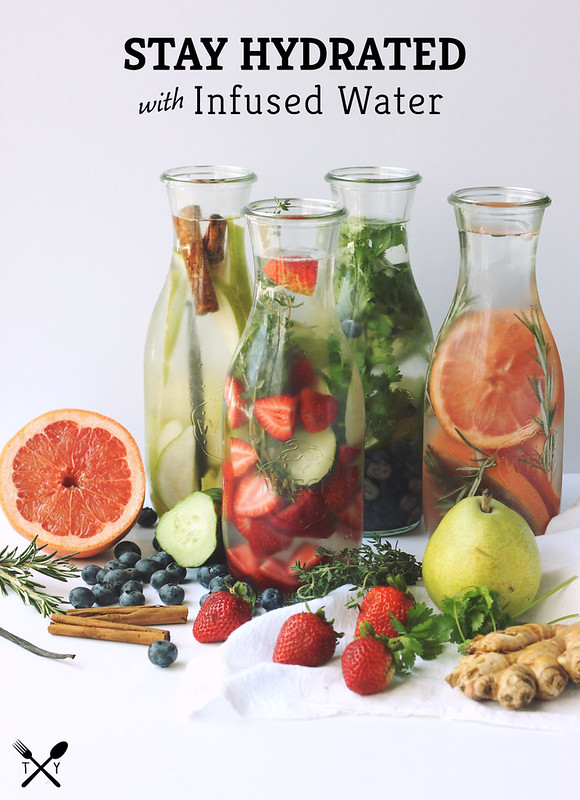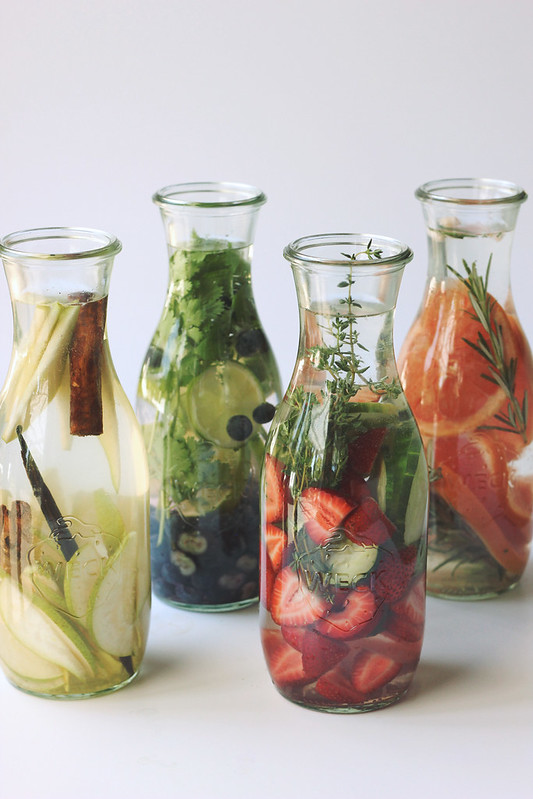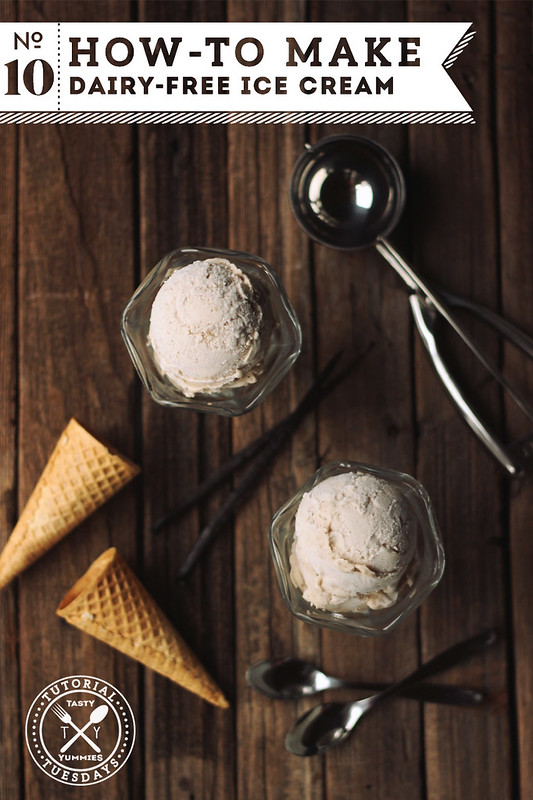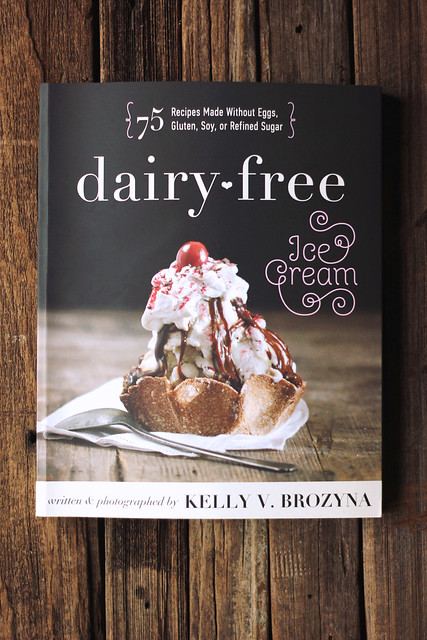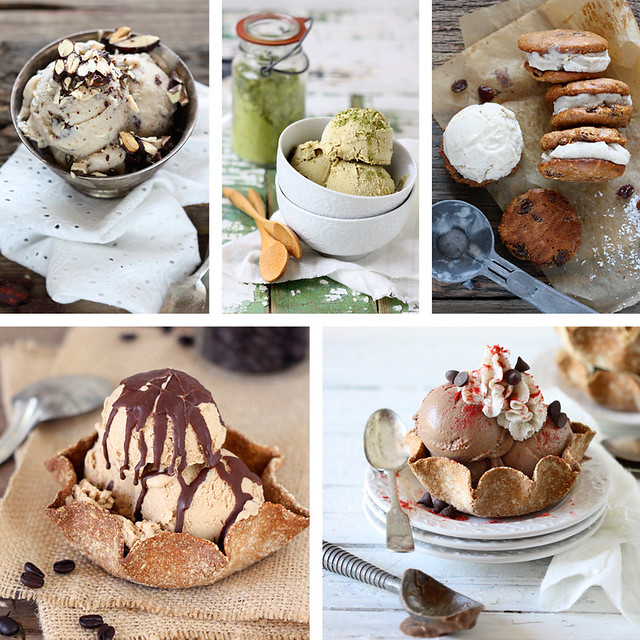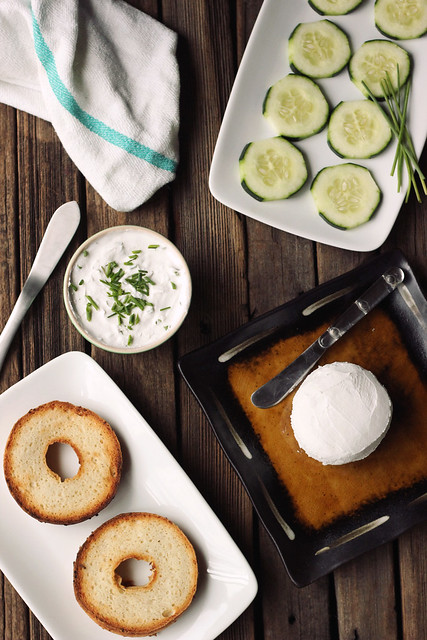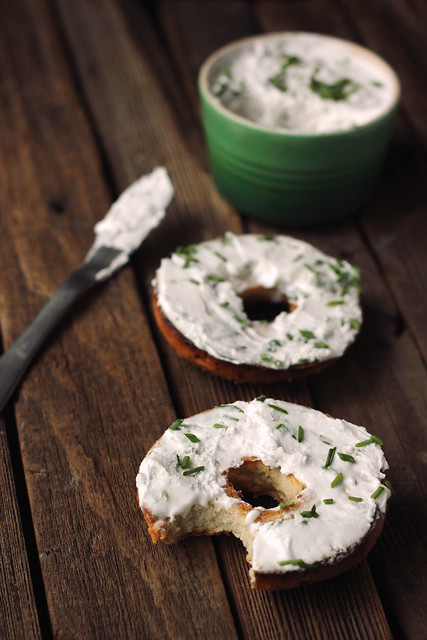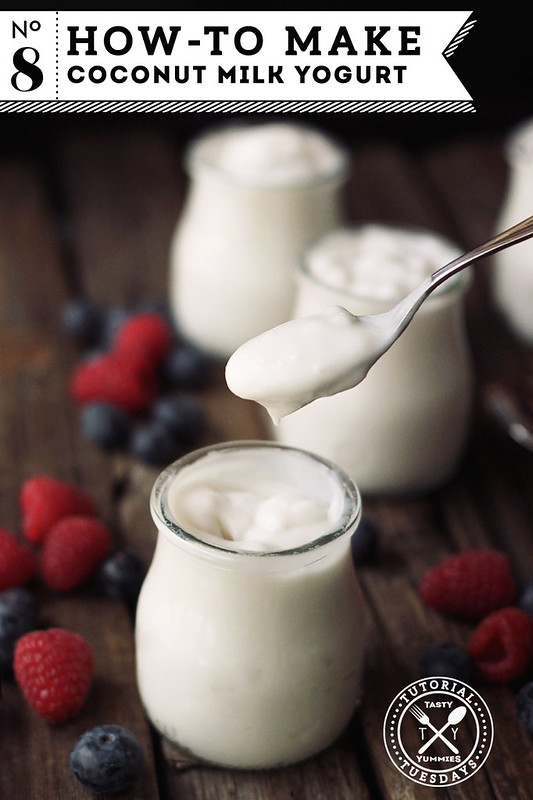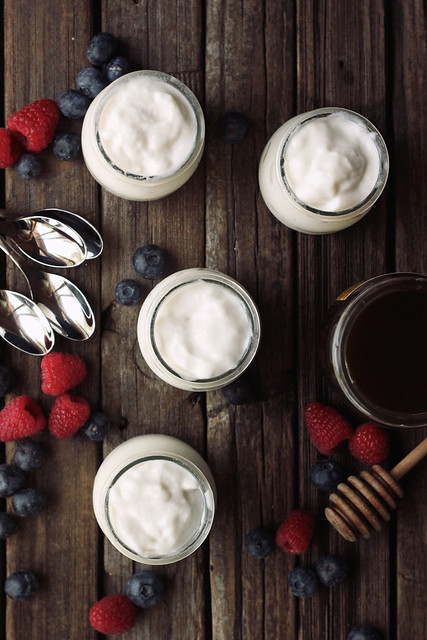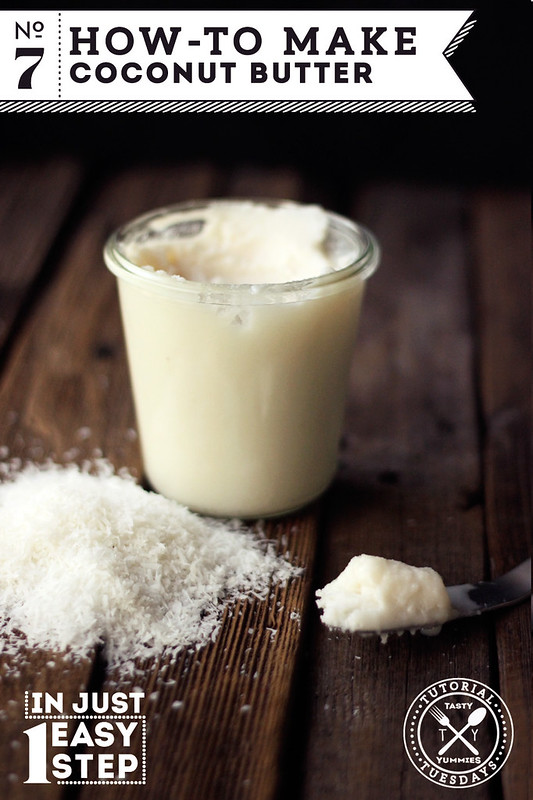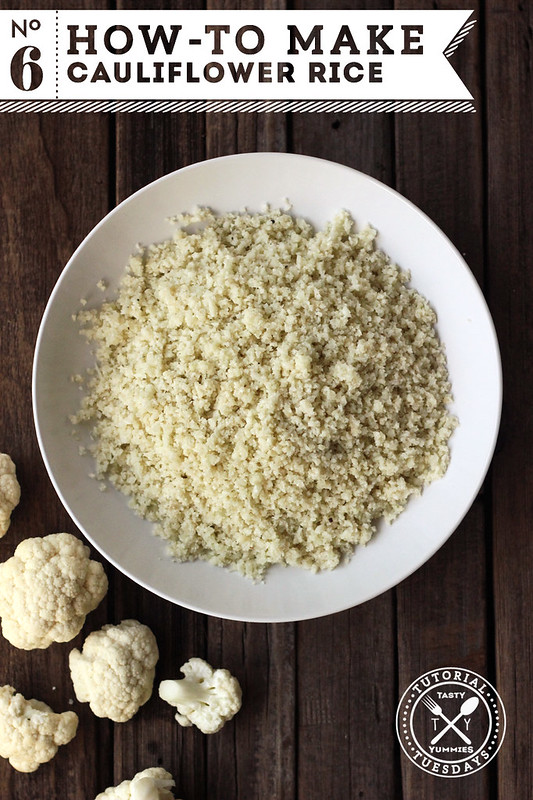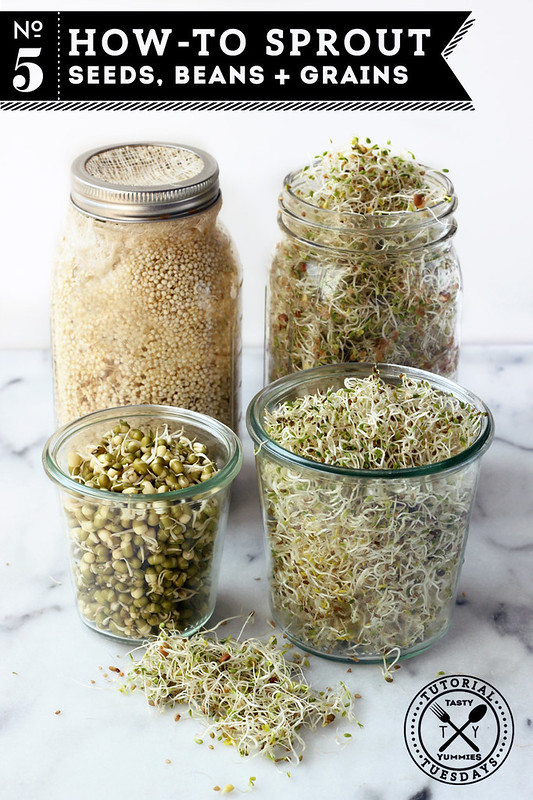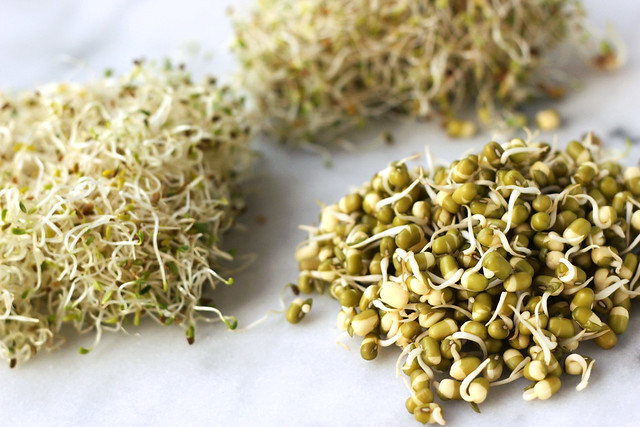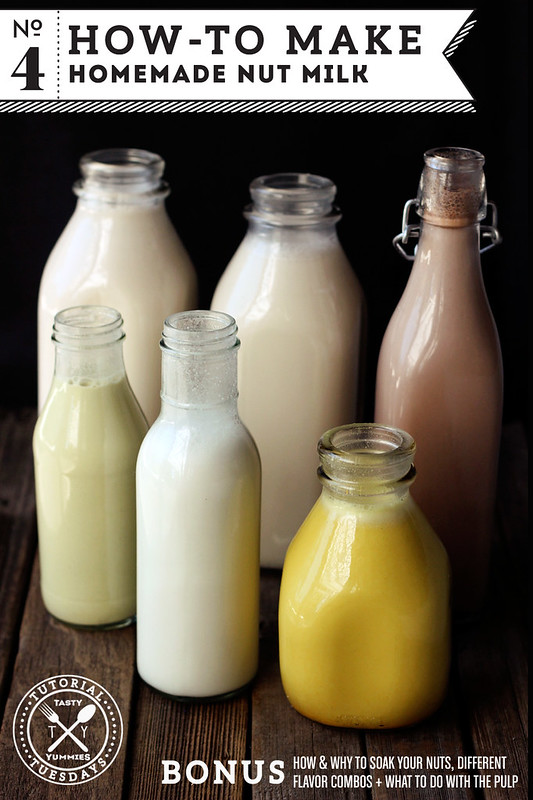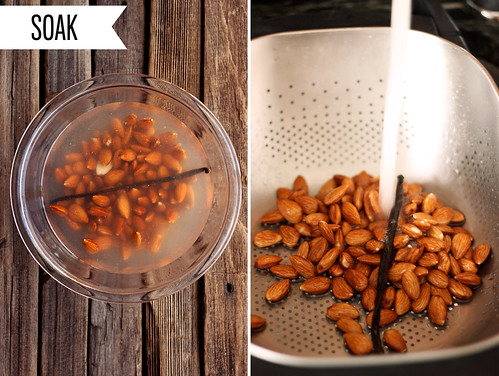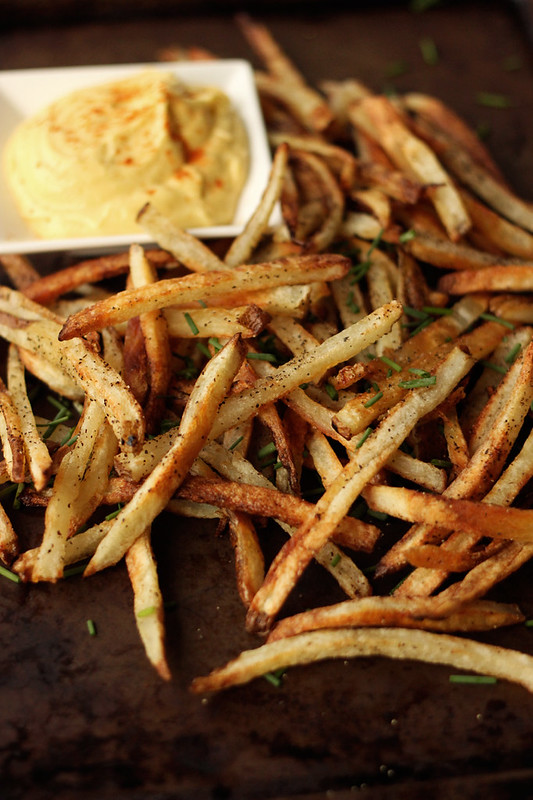-
How-to Make Stuffed Grape Leaves
This might seem like a beast of a tutorial, but if you grew up Greek, as I did, you will know just how exciting this is the first time you make them yourself. For the past few years, every trip my parents have taken out here to California to visit us, we have planned a day and made a huge Greek feast. Each time we have made the time to use the beautiful grape leaves growing in my yard that are always perfectly in season and we spend the afternoon making homemade dolmades AKA dolmas AKA stuffed grape leaves. These are just like my Yia Yia and my dad’s Yia Yia, had made when we were growing up.
The beautiful thing about this stuffed grape leaves tutorial/recipe is how versatile it is. I have made these both vegan and with meat and most recently I have even experimented with cauliflower rice for a grain-free version. I have also made them both with jarred grape leaves and the fresh grape leaves growing in my yard.
My dad has stories of his YiaYia (my great grandmother) driving along very specific country roads that she knew had grape vines, all the kids in the car would be instructed to get out and pick the freshest leaves, they would then take them home and she would tie them up to dry out in the attic, so she’d always have them on hand for homemade dolmades.
Thankfully, I have several grape vines growing behind my house, so I don’t have to stalk any local vineyards. In the late spring and early summer as they are just starting to sprout new leaves, I can head behind the house pick the prettiest and most perfect ones, just for making dolmades. If you don’t have access to grapevines, simply buy jarred grape leaves, a little less work but still so delicious.
This tutorial shares options for the filling to be made with or without meat, with rice or with cauliflower rice. Throughout the instructions you will see notes that pertain to the various options. Be sure to read carefully.
Stuffed grape leaves make a great meze (mezethes or mezze) an appetizer or a small dish to share, meant to be served with wine or ouzo. Imagine a plate of these with some homemade hummus, feta cheese and olives, a big bowl of avgolemeno soup, falafel, a big ‘ol Greek salad, the list could go on and on. Whatever you serve these with and however you serve these, hot, warm or cool, you will love them, especially if you make and share them with people you love. This I can very much attest to.
-
How-to Make Plantain Tortillas
Whether you to avoid consuming corn and grains because have an allergy/intolerance or maybe you just prefer to limit how often you eat them, either way we all know this makes eating Mexican food a challenge. I am next to certain this life isn’t worth living without tacos – I’m just sayin’. OK that may be a bit dramatic, but I for one don’t actually love the idea of never having a taco again, just because I want to make healthier choices.
With Cinco de Mayo and several trips to Mexico falling within a one-month period, tacos have definitely been on my mind and in my dreams! I decided rather than cry while everyone around me was indulging in all the tacos, I used this as inspiration to come up with an alternative.
Plantain tortillas are certainly not something I invented, I have seen plenty of adaptations, some call for eggs, some use the plantains uncooked. I have played around with many variations, but these seem to be what works best for me (lightly adapted from this recipe). The key is green plantains. The greens ones are starchy and less sweet than the yellow. For my money, these produce the most authentic tortillas. I also recommend cooking them first, it softens them and when you add some water the mixture feels just the way traditional masa feels when making homemade tortillas.
There are a few steps here, but they are well worth it, you’ll think so too, especially as you are enjoying epic tacos. Plus you can make the tortillas ahead of time, store in the fridge and cook up anytime within 3 days, or so.
I find adding the fresh lime zest to really tone down any sweetness and bring out the traditional tortilla vibes. I have also been known to add a pinch or two of chile powder or garlic powder, for extra flavor.
Let’s get to it…
-
How-to Make All Purpose Cleaner
It’s easy to walk down the aisles at the market and get sucked into the varying claims of cleaning products. Afterall, we want to protect ourselves and our families from all the nasty stuff, the dirt, germs and bacteria. When you see this simple recipe for making your own all purpose cleaner you may think ‘is this enough to disinfect? What about those store bought version with tons of ingredients and chemicals, don’t we need those to make sure we are killing off bad bacteria?’
To be honest with you, the long list of toxic chemicals filling the cleaning products at the store, are likely causing us far more harm then good. Just click into this list and peruse the posts on any of these disinfecting all-purpose cleaners and read the long lists of health and safety concerns on each. It’s alarming at best. Skin irritants, carcinogens, eye irritants, poison if swallowed, some if just inhaled. YIKES! We use this stuff day in and day out around our house, near our children and our pets. This is scary stuff.
Much like making your own food from scratch, the wonderful thing about making your own household cleaning products is the opportunity to know exactly what’s in it. We use most all purpose spray cleaners throughout our houses, several times a week, if not per day. It comes in contact with our skin, it’s in the air that we breath and it’s around our food, why shouldn’t you know exactly what it contains?
The beauty of this simple homemade all-purpose clearer is how we use all-natural, high quality 100% therapeutic grade essential oils for their natural disinfecting properties. All essential oils have varying natural antibacterial, antifungal & antiviral qualities, some stronger than others.
-
How-to Make Vegan Mayonnaise
It wasn’t that long ago that I shared a tutorial for How-to Make Homemade Mayonnaise. Right now, that feels like a lifetime ago. I am currently just over 2 weeks into a 6 week elimination diet with my naturopathic doctor, as we work to support my health, after I was diagnosed with IgA Nephropathy, an autoimmune form of kidney disease. We are working through what could be several rounds of an elimination diet to explore what in my diet could possibly be causing an autoimmune response and affecting my kidneys. This round of the elimination diet, in addition to all meat which was removed from my diet 4 weeks prior, (as animal protein is highly taxing to the kidneys), she has also had me remove eggs and dairy for a minimum of 6 weeks. Dairy has been no big deal, I ate so little of it as it was, it’s the eggs that has been quite challenging for me.
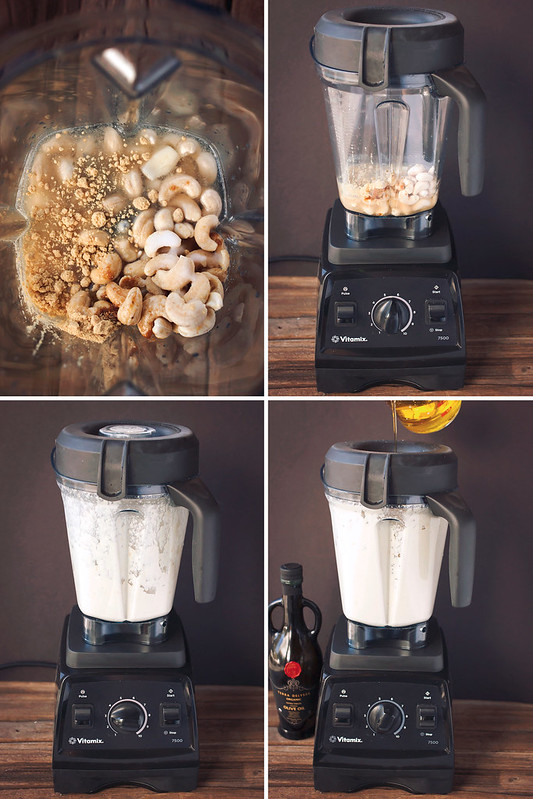
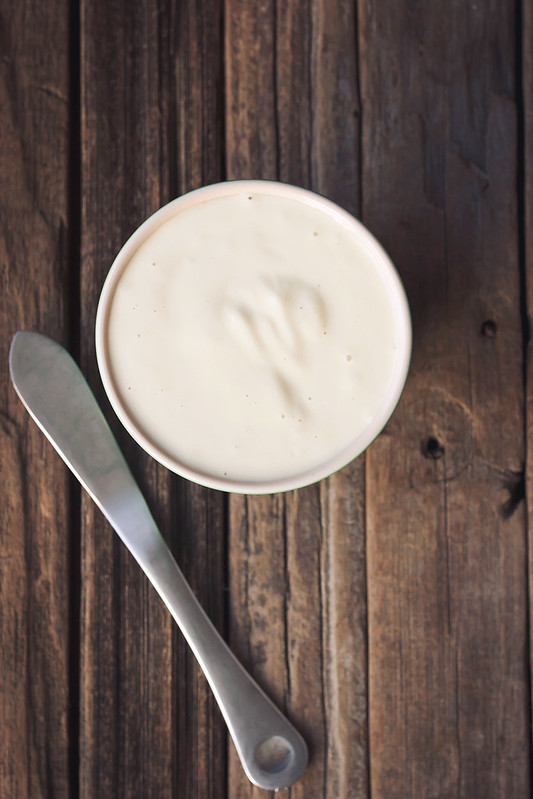
With all of my current restrictions on this elimination diet, plus my already existing intolerances and dietary choices, I have to be honest and tell you it’s been a challenging 2 weeks. I have found in my current state, even without meat, eggs and dairy, legumes are simply not agreeing with me, likely the leaky gut I was diagnosed with at the first appointment. I work hard to limit my intake of grains on a daily basis, I avoid soy and of course, we all know I can’t have gluten and I don’t eat processed foods – so as you can imagine I have been working really hard to rethink my meals and meal planning, to rethink my snacks and I have been looking for protein and healthy fats in new places. Some days it feels easy and I am simply focused on the other side and what I am working so hard for, and other days, you may just find me in the corner of the kitchen crying over the egg sandwich my husband is starting his day with. Read the rest of this entry »
-
How-to Make Vegetable Stock
This week’s Tutorial Tuesday post is a simple one, it’s hard to even call it a recipe. It requires very little work and it’s really hard to mess it up. You can make easily create your own signature vegetable stock with whatever your favorite ingredients are.
I find most store bought vegetable stocks to be lacking. They always taste flat and they all have this strange aftertaste, to me. I have never found one that I love. Most leave me wanting for more. I started making my own homemade vegetable stock a long time ago and it’s one of the easiest things you can make yourself at home. You can control the ingredients, the level of salt, the spices and it’s also a great way to use of vegetable scraps.
In the event you didn’t know, (I didn’t learn this until quite recently) there is a difference between a stock and a broth and that difference is usually just salt. Broth has salt added, stock does not. See, you learn something new every day. Actually, I think it is more than just the salt that makes them different, I believe that it’s seasoning in general, spices, salt, wine, etc. Essentially you are looking for a stock to be somewhat neutral in flavor, almost to where when you taste it, it’s missing a little something. Instead it’s about letting the dish the stock ultimately goes into dictate the spices and the levels of salt. Either way, I prefer to make a vegetable stock over a broth, so I can control the saltiness with each recipe I use it in. I do, however, still add simple, yet somewhat neutral spices, that will work with virtually any recipe my stock would go into.
-
How-to Make Harissa Paste
I am so excited to share this simple tutorial showing you How-to Make Harissa Paste, because I fully believe everyone should have a jar of this stuff in their fridge at all times. This spicy red pepper paste is so incredibly delicious and so versatile. Think of it as a more refined sriracha. This aromatic and spicy, Tunisian hot chile sauce can be used to liven up dishes as you would any other hot sauce, it can also be used as a dip or a marinade. It brings a great depth of flavor to fish, meat, roasted vegetables, egg dishes, soups, stews, potatoes or rice. Add it to sandwiches, pizza, condiments like hummus or a homemade mayo. The list goes on and on and on some more. OK I’ve got one more, spread some of that harissa paste on some toast, add a lil avocado, maybe a fried egg. You are welcome.
Harissa is made by blending chiles into a thick paste with aromatic spices, a good quality olive oil, garlic, lemon juice and from there, the optional add-ins are endless. You can add roasted red pepper, roasted carrots or sun dried tomatoes, fresh herbs and so on.
Tunisia is the biggest exporter of pre-made harissa. In fact, harissa is often referred to as the National Condiment of Tunisia, so it’s perfect to go with my Terra Delyssa Organic Extra Virgin Olive Oil. But, no need to fly halfway around the world, for either one, harissa is quite simple to make this at home and customize it to your liking. You can easily adjust the level of heat by increasing or reducing the number of chiles or choosing chiles base on their spice. But do remember, harissa is meant to be hot!
-
How-to Make a Mulled Wine Kit
For all of you last minute Christmas elves, this simple-but-sweet tutorial on How-to Make a Mulled Wine Kit is great for the wine lover on your list and it also makes a wonderful, thoughtful gift for any hostesses/hosts of holiday parties and other celebrations this season.
You can easily grab what you need from your pantry and the local grocer and pull this together in minutes. You can even skip the wine and the alcohol all together and send this along with a quart of local apple cider for a mulled cider option.
Mulled wine is such a comforting and festive drink this time of year or really anytime from the fall through the winter. It’s easy to make and this kit makes it even easier. Besides the simple recipe for the mulling spices and the instructions on the different ways you can package your gift, I even created printable tags and instructions for the gift recipient, for you to include in your kit. So, literally all you have to do is pull your ingredients together, hit “print”, fill your name in and your gift is done! Simple as that. Grab a cute box or wooden crate, or a beautiful gift bag, some cute ribbon or twine and voila, a thoughtful, handmade edible gift!
-
How-to Make Chocolate Bark
Homemade holiday gifts are one of my very favorite things. I love thoughtful, personalized gifts that are truly made with love! Homemade chocolate bark is probably one of my most favorite edible homemade gifts to make. Whether it’s a gift for a hostess of a holiday party or your dish to share, homemade chocolate bark is super simple to make and you can customize it to no end.
The possibilities for flavors and toppings is endless and you can really create something super special for whoever will receive it. It is super easy to make your chocolate bark allergen friendly, too. Easy to make gluten-free, vegan, nut-free, soy-free and so on. You can add dried fruit, nuts, seeds, your favorite cookies or candy, dried botanicals, spices or herbs. Some of my personal favorite flavor combos include sea salt or smoked sea salt. I also love a sprinkle of cinnamon, chili powder or cayenne to bring a little heat. Gluten-free pretzels or mini peanut butter cups are both amazing and fun toppings. The list could go on and on.
-
How-to Make Crock Pot Pumpkin Butter
For all of the crazy detailed, tutorials I have shared here, with lots of steps and tons of testing on my part, I equally love super simple, one step DIYs, as well. This week I show you How-to Make Crock Pot Pumpkin Butter and it seriously couldn’t be any easier. Let’s first clear the air for those of you that don’t know… Pumpkin Butter has no butter in it. No dairy of any kind. Discuss. Seriously though, it’s just that it’s thick like butter I guess? I don’t know who came up with the name.
This super simple recipe requires very little of you. You literally dump the ingredients into your crock pot, stir, turn it on, let it cook. Done. I find the crock pot to be easier than the stove top and because it cooks low and slow, I like the flavor so much better. I do suggest still keeping an eye on the crock pot, since it can stick and you do not want scorched, burnt pumpkin butter, it won’t taste good that way. I personally recommend fresh pumpkin puree, which is stupid easy to make and provides the best flavor, but canned pumpkin will also work perfectly, I have made it both ways and they are both crazy delicious.
-
How-to Make Dehydrated Apple Chips
I have said it once and I will say it again, apples do not get nearly enough love in the fall. It’s all – pumpkin this and pumpkin that. Apples are the red-
headedskinned step-child of the autumn.Life has been a tad busy as of late, so that has meant that baking has been totally out of the question. Beside that fact, it’s been so summer-like in Southern California that turning the oven on sounds quite miserable. In an effort to enjoy the amazing spiced flavors of a homemade fall apple pie or crisp, I decided to simply take some of the many beautiful apples we had from our farmer, the market and our own yard and make some yummy, healthy, cinnamon apple chips.
This simple tutorial works great with a dehydrator, but if you don’t have one, you can even make these in the oven. Easy. The best part about these cinnamon-dusted apple chips is how the whole house ends up smelling like you have an apple pie baking, the entire time they are dehydrating.
-
How-to Make Restaurant Style Salsa
As summer’s end nears, we are left with the last few bites of the season to savor. I feel like a bit of a hoarder whenever I go to the markets this time of year and I see the beautiful heirloom tomatoes, the beautiful Hatch chiles, fresh herbs and all the other goodness. I can’t help myself. I want it all.
What better way to enjoy the final tastes of summer than a perfect fresh homemade salsa. For me, though I love a chunky, classic-style pico de gallo, what I don’t love is the amount of time all of the chopping takes. This restaurant-style salsa is a smoother, classic salsa and it is a cinch to whip up.
When Blendtec offered to send me one of their beautiful high-powered blenders, I immediately became excited about all of the possibilities. The middle of the road KitchenAid blender we got for our wedding 7 years ago, was nearing the end of it’s life and though it’s made literally hundreds and hundreds of smoothies, it also never overly impressed me, it was no powerhouse and it definitely couldn’t handle anything too thick.
-
How-to Make Homemade Vanilla Extract
I know it’s been a while since I have shared a Tutorial Tuesday post with you guys, but it’s been a busy few weeks. So, I thought an easy, no frills tutorial would be perfect. No need for step-by-step photos on this one, just one quick step and then we wait.
Making homemade vanilla extract is so easy. You literally need just two ingredients, alcohol and vanilla beans and just a few minutes of prep time. You do need a little patience while the flavor of the vanilla beans is extracted, which takes several weeks. But, it is all more than worth it when you end up with the tastiest, most incredible flavor – perfect for all of your baking needs. Plus, this delicious homemade vanilla extract makes an amazing thoughtful gift.
To start, for a standard vanilla extract, I recommend an inexpensive vodka, at least 70 proof. Cheaper, many times, is better since there are no distinguishing flavors from the vodka, as it can be with a pricer spirit, which can interfere with the vanilla flavor. If you are sensitive to certain grain-based vodkas, I do recommend selecting a certified gluten-free vodka, I like and use Tito’s.
The recommended ratio of vanilla beans to vodka that I have found works best is 1 quart vodka to 1/4 pound of dry vanilla beans. This makes things very easy as I divide this amount among four 8-ounce containers, and it’s very easy to divide the 1/4 pound of beans amongst them. Simple, no crazy math, no crazy precise measuring.

-
Infused Waters to Keep You Hydrated this Summer
We all know how important it is to stay hydrated, year round, but this is especially important in the summer. When the weather is hot and you are spending much of the day outside being active, it is extra important to drink more fluids than usual and most especially that you are doing so before you start feeling thirsty – as that is a sure sign you are on your way to dehydration.
Did you know that every single cell in the human body needs water to function properly? Much like the plants in your garden, your cells, too, can perk up immediately upon watering. It’s that simple.
What Does Water Do in My Body?
Water Helps Your Body with the Following:
- Getting rid of waste through urination, perspiration, and bowel movements.
- Keeping it’s temperature normal.
- Lubricating and cushioning your joints.
- Protecting your spinal cord and other sensitive tissues.
Tips for Drinking More Water:
- Drink a glass of water as soon as you wake up in the morning (I prefer mine warm with a little lemon).
- Carry a dedicated bottle or container with you are all times, at work, at home, even if you are just out running a few errands.
- Use an app on your mobile phone to track your water intake or simply set an alert on your phone to remind you.
- Choose water at restaurants instead of other beverages. not only will you save on calories while simultaneously hydrating yourself, but it also saves money.
- When you are hungry, start with a glass of water before you reach for the snack. sometimes feelings of hunger are actually your body telling you that it’s thirsty. it may just curb the cravings.
- Drink before you eat. 16 ounces 30 minutes before every meal can actually keep you from over indulging. make this a regular practice and you might even find yourself losing weight.
- Infuse and flavor your own water.
Today, I am sharing with you one of my very favorite ways to stay hydrated during the summer months…
INFUSED WATER!
Infused water is not only a tasty way to stay hydrated but it is nutritional, healthy, fresh and all-natural!
How-to Make Infused Water:
 Read the rest of this entry »
Read the rest of this entry » -
How-to Make Dairy-Free Ice Cream
I have to say, I have made and had dairy-free ice cream many times before, but it has never as good as this. I received a copy of Dairy-Free Ice Cream: 75 Recipes Made Without Eggs, Gluten, Soy, or Refined Sugar from Kelly Brozyna of The Spunky Coconut and it has forever changed my dairy-free ice cream eating ways! Not only is this book insanely beautiful, but Kelly has us covered on every ice cream and frozen treat you could ever dream of! This cookbook is loaded with 75 amazing recipes, each and every one totally dairy-free and gluten-free.
For this week’s Tutorial Tuesday post, I am teaming up with Kelly to give you a quick how-to on making the perfect dairy-free ice cream, plus a simple recipe for classic vanilla. In the Dairy-Free Ice Cream cookbook, Kelly uses her fool proof method to dairy-free ice cream – sharing her versions of classic favorite flavors like Vanilla, Chocolate, Rocky Road, Salted Caramel, Strawberry, Butter Pecan and more. But, the real treat is the collection of unique and innovative flavors, like White Chocolate Goji Berry, Gingerbread Cookie Dough, Saffron and Rose and so much more. As if all that wasn’t enough, you’ll also find frozen yogurt, sherbet and sorbet and she even shares incredible recipes for ice cream cakes, sandwiches and popsicles, plus there are grain-free cookie bowls, brownies, sauces and toppings and more! All made without eggs, dairy, gluten, soy or refined sugar. It’s incredible really. A summertime frozen miracle!

Below you will find a brief tutorial to get you started making the best ever vanilla bean ice cream, my version of Kelly’s classic vanilla. I am keeping this tutorial super simple and to the point, but, for more in depth information about the various ingredients, notes and tips on freezing, storing, tools and lots more – check out Dairy-Free Ice Cream.
Read the rest of this entry »
-
How-to Make Dairy-Free Cultured Cream Cheese
This tutorial series has been a really fun way for me to share with you guys some of my favorite DIYs and How-to’s. But, I have also really enjoyed the challenge of exploring and conquering things I have long been dreaming of. Last post it was the yogurt and this time it’s this cream cheese.
Since I have almost entirely cut dairy out of my life, cream cheese is one of those things I just haven’t been able to find a good substitute for. Most of the store bought alternatives are loaded with soy, preservatives, thickeners and other weird stuff. Not my scene at all. Once or twice a year I like to treat myself with some of the amazing gluten-free and vegan bagels from Rising Hearts Bakery in LA and I am so happy to now have an amazing homemade dairy-free cream cheese to enjoy with them.
-
How-to Make Coconut Milk Yogurt
I have been meaning to try making my own dairy-free yogurt for some time now and I just kept putting it off. From what I have heard and read from many people, it can be frustrating at times and can require some trial and error. I have also learned that there really are lots of different ways you can do it. I decided to just dive right in and do some trial and error of my own for this How-to Make Coconut Milk Yogurt tutorial, so I can share my thoughts and results with you guys.
The differences in the various results aren’t quite distinguishable enough in photos, so I decided against a side-by side comparison as I did with the whipped coconut cream, instead I thought giving you the details on all the many options and sharing my thoughts and results would be just as effective. Of course, there are many more options than I even share here, but these are the ones that I tested. That said, I really do recommend trying things out for yourself, yogurt is funny that way, what works for one person, may not work for another, whether it be the type of milk you choose, the starter, the temperatures you are culturing at, etc. So, play around, find what works for you and go with it. I hope I gave you enough information and options here to help start you down the fun road of educated guesses when yogurt making.
I do have to say that I am not vegan, nor am I allergic or highly sensitive to milk. I just choose to limit my dairy intake. When selecting a yogurt starter or probiotic powder, please always check with the manufacturer on the origin of the culture, most are made on dairy and therefore will contain trace amounts of dairy that will not work if you have a severe dairy allergy/intolerance or if you are vegan. Cultures for Health makes a certified vegan/dairy-free yogurt starter and I really love their products and customer service. Likewise, many probiotic powders and capsules can contain dairy, so be careful there too, though it is quite easy to find those that are dairy-free/vegan. If you are ever unsure it is always best to check directly with the manufacturer.
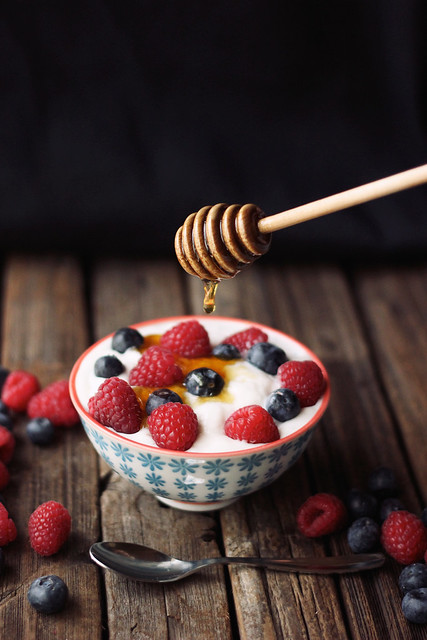
OK let’s get into it… How-to Make Coconut Milk Yogurt
Read the rest of this entry »
-
How-to Make Coconut Butter
This is a super easy tutorial this week you guys, literally One Step. One ingredient.
How-to Make Coconut Butter.
What is Coconut Butter?
Coconut butter is basically just ground up coconut meat that has been processed until it is smooth and creamy. The same idea as nuts being used to make nut butter. Though it isn’t quite as creamy as a store bought creamy peanut butter and the texture can vary.
What is the Difference Between Coconut Butter and Coconut Oil or Coconut Cream?
Coconut butter includes the meat of the coconut and coconut oil does not. Coconut oil is used more as typical oil is, when cooking or baking, where coconut butter is more of a spread or dip, it could also be used in baking as nut butters would be.
Additionally, coconut butter is different from coconut cream which contains water. Coconut cream involves cooking down as much as 4 parts coconut to 1 part water, then straining out the coconut. Coconut cream is also what is found at the top of a can of full fat coconut milk. Coconut cream contains less water then coconut milk but coconut butter contains no water at all and there is no straining involved, the meat is left in.
How-to Make Coconut Butter:
Start with a quality brand of unsweetened organic shredded dehydrated coconut. Unsweetened coconut flakes will also work. Not fresh, not low fat, not sweetened, not toasted. Just regular ‘ol unsweetened flaked or shredded coconut. Use somewhere between 2 cups and 4 cups of shredded coconut, depending on the size of your food processor or high speed processor blender. 4 cups of shredded coconut will make about 1 cup of coconut butter. I find in my 14-cup food processor, that using 3 or 4 cups of coconut works much better than just 2 cups.
-
How-to Make Cauliflower Rice
How-to Make Cauliflower Rice
Use this simple step-by-step and learn How-to Make Cauliflower Rice! It’s super simple. Cauliflower rice is a staple around here! It’s been a favorite of ours for years now and although it cannot completely replace traditional rice in all recipes, it is truly wonderful when you are enjoying a dish that calls for a bed of rice – curries, stews, sauces and so on. Usually the rice is a nice way to have a more filling meal, to offer some texture and a way to soak up some of the extra sauce, so cauliflower rice is such a perfect substitution for these dishes and it is so incredibly easy to make. Done in about 10 minutes, or less.
-
How-to Sprout: Seeds, Beans + Grains
Much like making homemade almond milk, which I have done for years now, preparing sprouts at home, has now become a weekly thing for me. I absolutely adore sprouted foods and all of their many benefits. But, I have to be honest when I tell you the sprouts they sell at the store creep me out, a bit. Knowing just how short their shelf life is, it makes it hard for me to believe they are fresh and that their exposure to harmful bacteria has been limited. I would much prefer to make my own at home, where I know how fresh they are and exactly how they were handled. I started doing this late last year and I have become obsessed.
Sprouting is a way of creating “living plants”, loaded with nutrients and vitamins such as Vitamin C, B E and carotene. Some believe sprouted foods contain up to 15 times as many nutrients as their unsprouted counterparts. Sprouting also helps the absorption of minerals due to their ability to be better digested. Some people refer to sprouted foods as “pre-digested”, for this reason.
Sprouting takes time, but it’s much more of a waiting game, it doesn’t require a ton of work. Sprouted foods simply requires you to have patience and to be paying attention, tracking their sprouting time and making sure to tend to them, when needed. That’s about it.
Why Sprout?
As we discussed in both the nut butter and nut milk posts – many nuts, seeds, legumes and grains contain natural chemicals that protect them while growing, both from sprouting prematurely and also from predators. These protectors also act as enzyme inhibitors to us, meaning we get much less of the crucial nutrients from these foods than we should be. Plus, this “armor”, of sorts, makes digesting them much more difficult. Soaking these foods releases these chemicals, helping you to absorb your food’s essential minerals and nutrients. Additionally, by soaking the nuts with the removal of these nutritional inhibitors and toxic substances, the flavor and taste is much more ideal and appealing.(read more in depth about these chemicals and why we soak, here)
So, we are back to the soaking idea again. Soaking is not only necessary for sprouting to occur, but we are also unlocking the full nutritional potential of these foods, as we did with the nut butters and nut milks. After soaking, when that natural protective armor has been removed, the sprouting process can then occur. So basically, if soaking is the first step of increasing the nutritional benefits of these foods, then sprouting is the incredible finishing move to creating the perfect nutritional superfood out of something that would otherwise leave us feeling bloated and tired, due to the strain they would typically put on our digestion.
Sprouted foods, also known as “activated foods” are incredibly nutrient dense foods, they encourage production of healthy bacteria that aids in our digestion and in turn, boosts our immunity. Sprouts are great on salads, on top of soups or stews, in stir fries, inside of wraps or sandwiches, in smoothies – really they are great in any dish that you want to add a nutritional boost to.
What Can you Sprout?
Most seeds, legumes, grains and some nuts will sprout, but be aware some will not. Because many nuts you find in the stores have been pasteurized or treated with heat in some way, they aren’t technically raw and although soaking can activate and allow us access to their nutrients, sprouting likely won’t happen. Oftentimes, when I am simply looking for traditional sprouts, I will buy premixed ready to sprout blends of organic seeds and legumes exclusively meant for sprouting. It gives me a nice wide variety and I know that, since everything in the blend is meant for sprouting, it will do just that. See the bottom of this post for pre-made sprouting blends that I recommend. For the step-by-step photos, I used this organic blend, Spicy Salad Mix, which contains lentils, alfalfa, red clover, radish and black mustard seeds.
Once sprouted, you can also cook grains and legumes, as you normally would. Sprouted quinoa cooked in place of regular quinoa, is one of my favorite things as are sprouted lentils. Once sprouted, grains and legumes not only cook quicker than their dried counterparts, but they are, as you now know, much easier to digest and taste much better, as well.
Read the rest of this entry »
-
How-to Make Nut Milk
How-to Make Nut Milk
I am super excited to share this tutorial with you guys! Many of you have asked for a tutorial on nut milks, since I started the Tutorial Tuesdays Series. I have been making my own nut milks for quite a few years now. Once I realized just how simple it was, I have made a quart of almond milk nearly every single week.
I also love making variations on the flavors, at least once a month I make a quart of raw cacao almond nut milk. It’s the perfect sweet treat for me.
Much like my nut butter post, this is a general overview on how to make nut milks, but really the sky is the limit. If you have a favorite nut – I say MILK IT! As with the nut butters, I recommend soaking your nuts first, but for nut milks dehydration isn’t necessary, so it’s that much easier. Below you will find a chart on soaking times for various milks.
What Nuts Can You Milk?
First of all, let’s just get all the giggles out now. Sooo many amazing innuendos when it comes to nut milks. Oh, and guess what? It doesn’t get old. Everytime I pull my nut bag out. A good laugh is had! Anyhow – I myself have made nut milks from almonds, cashews, hazelnuts, macadamia nuts and pistachios, but from what I understand the same rules apply no matter what nut you choose, so you can create nut milks from any of the other nuts listed below and likely many others, too. FYI macadamia nut milk is amazing, so rich and full of incredible flavor, but literally it may be the most expensive nut milk you can make. I made a batch for this testing and I kinda wish I hadn’t. It was so good.
How & Why to Soak Your Nuts
Why I Choose to Soak: Most nuts, seeds, grains and beans are covered in natural chemicals – enzyme inhibitors and toxins – that protect them while growing, both from sprouting prematurely and also from predators. These nutritional inhibitors and toxic substances are enzyme inhibitors, phytates (phytic acid), polyphenols (tannins), and goitrogens. Once harvested, those same chemicals, the major one being phytic acid – are indigestible to the human body and must be broken down before consumption. When food containing phytic acid is consumed, the acid combines with important minerals like calcium, magnesium, copper, iron and especially zinc in the intestinal tract and blocks their absorption which inhibits our digestive systems’ ability to break the nut down properly.
The very simple process of soaking releases these chemicals, helping you to absorb your food’s essential minerals and nutrients. Additionally, by soaking the nuts with the removal of these nutritional inhibitors and toxic substances, the flavor and taste is much more ideal and appealing.
To summarize: Soaking nuts makes them easier to digest and improves their flavor.
How-to Make Homemade Nut Milks
1) Soak your nuts in filtered water for the appropriate time, drain and rinse.
2) Blend your soaked nuts with filtered water, adding in any flavorings you would like.
3) Pour into your nut milk bag and squeeze. Separating the pulp from the milk. Read the rest of this entry »
-
How-to Make Perfect French Fries
I have a dirty little secret that I have been keeping from you guys. I am not proud of it. But… I have a love for french fries that cannot be tamed. There, it is finally out and in the open.
I know, I know – I eat so healthy, I carry on about how important it is to eat your greens, blah blah. I don’t care, we all have our vices and I love fries!! No one can ever take that away from me. Everything in moderation, right?
That said, having a gluten intolerance means that many times eating fries at a restaurant is out of the question, whether because the fries are coated in some sort of flour starch or because they are cooked in a shared frier, doused in denatured, hydrogenated vegetable oils. Regardless of the gluten intolerance, I also prefer to not eat foods that have been cooked in poisonous oils that also cooked battered or breaded foods. Most fries are. It sucks.
Besides that fact, we all know what makes the fries so darn tasty and addicting, it’s the fact that they take a nice long, deep swim in a huge vat of oil. Fat makes us happy. But it’s important that we are eating the right fats and oils.
OK, so the honest truth is that I generally try to keep this addiction in check, I don’t eat fries nearly as often as I would like to. But, if you have been reading this blog for sometime, you know that I truly believe in moderation. With the exception of the foods that are just not good even in moderation, the make me physically ill or that I know are really, really bad for me – I do like to indulge on occasion and eat those certain special foods that are reserved for very special rare occasions. I think this is important part of allowing myself to eat this way. Read the rest of this entry »
Tag Archives: tutorial
-
How-to Make All Purpose Cleaner
It’s easy to walk down the aisles at the market and get sucked into the varying claims of cleaning products. Afterall, we want to protect ourselves and our families from all the nasty stuff, the dirt, germs and bacteria. When you see this simple recipe for making your own all purpose cleaner you may think ‘is this enough to disinfect? What about those store bought version with tons of ingredients and chemicals, don’t we need those to make sure we are killing off bad bacteria?’
To be honest with you, the long list of toxic chemicals filling the cleaning products at the store, are likely causing us far more harm then good. Just click into this list and peruse the posts on any of these disinfecting all-purpose cleaners and read the long lists of health and safety concerns on each. It’s alarming at best. Skin irritants, carcinogens, eye irritants, poison if swallowed, some if just inhaled. YIKES! We use this stuff day in and day out around our house, near our children and our pets. This is scary stuff.
Much like making your own food from scratch, the wonderful thing about making your own household cleaning products is the opportunity to know exactly what’s in it. We use most all purpose spray cleaners throughout our houses, several times a week, if not per day. It comes in contact with our skin, it’s in the air that we breath and it’s around our food, why shouldn’t you know exactly what it contains?
The beauty of this simple homemade all-purpose clearer is how we use all-natural, high quality 100% therapeutic grade essential oils for their natural disinfecting properties. All essential oils have varying natural antibacterial, antifungal & antiviral qualities, some stronger than others.
-
How-to Make a Mulled Wine Kit
For all of you last minute Christmas elves, this simple-but-sweet tutorial on How-to Make a Mulled Wine Kit is great for the wine lover on your list and it also makes a wonderful, thoughtful gift for any hostesses/hosts of holiday parties and other celebrations this season.
You can easily grab what you need from your pantry and the local grocer and pull this together in minutes. You can even skip the wine and the alcohol all together and send this along with a quart of local apple cider for a mulled cider option.
Mulled wine is such a comforting and festive drink this time of year or really anytime from the fall through the winter. It’s easy to make and this kit makes it even easier. Besides the simple recipe for the mulling spices and the instructions on the different ways you can package your gift, I even created printable tags and instructions for the gift recipient, for you to include in your kit. So, literally all you have to do is pull your ingredients together, hit “print”, fill your name in and your gift is done! Simple as that. Grab a cute box or wooden crate, or a beautiful gift bag, some cute ribbon or twine and voila, a thoughtful, handmade edible gift!

